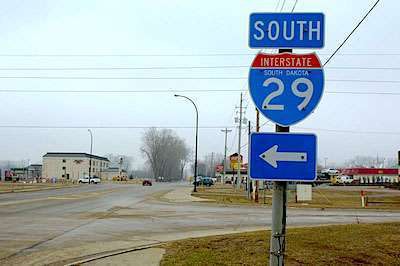
In its report “South Dakota’s Top Transportation Challenges: Meeting the State’s Need for Safe and Efficient Mobility,” TRIP stated South Dakota’s state-maintained roads will significantly deteriorate in the next 10 years and that a quarter of local- and state-maintained bridges are structurally deficient or functionally obsolete.
TRIP also reported that major urban roads in the state are “becoming increasingly congested and the fatality rate on South Dakota’s roads is significantly higher than the national average.”
However, 89 percent of the state-maintained roads and highways are in good or excellent condition, nine percent are in fair condition, and two percent are in poor condition. But if current funding levels remain, the percentage of poor condition roads will increase to 25 percent by 2024.
The condition of locally maintained roads is worse. Thirty-nine percent of county- maintained roads are in failing or poor condition and 28 percent of township-maintained roads are either closed or in poor condition.
TRIP stated that to maintain the pavement conditions at current levels for these roads governments would need to up their road and highway investment by 46 percent.
South Dakota bridges also are in need of help. TRIP reported that 20 percent of the state’s bridges are structurally deficient, which places it fourth in the U.S. in this category.
“Roads, bridges and highways are essential for business to operate and are a basic function of government,” said Evan Nolte, president and CEO of the Sioux Falls Chamber of Commerce. “This report brings a sharp focus on the needs and will be invaluable in helping seek policies that will keep South Dakota’s infrastructure strong.”










